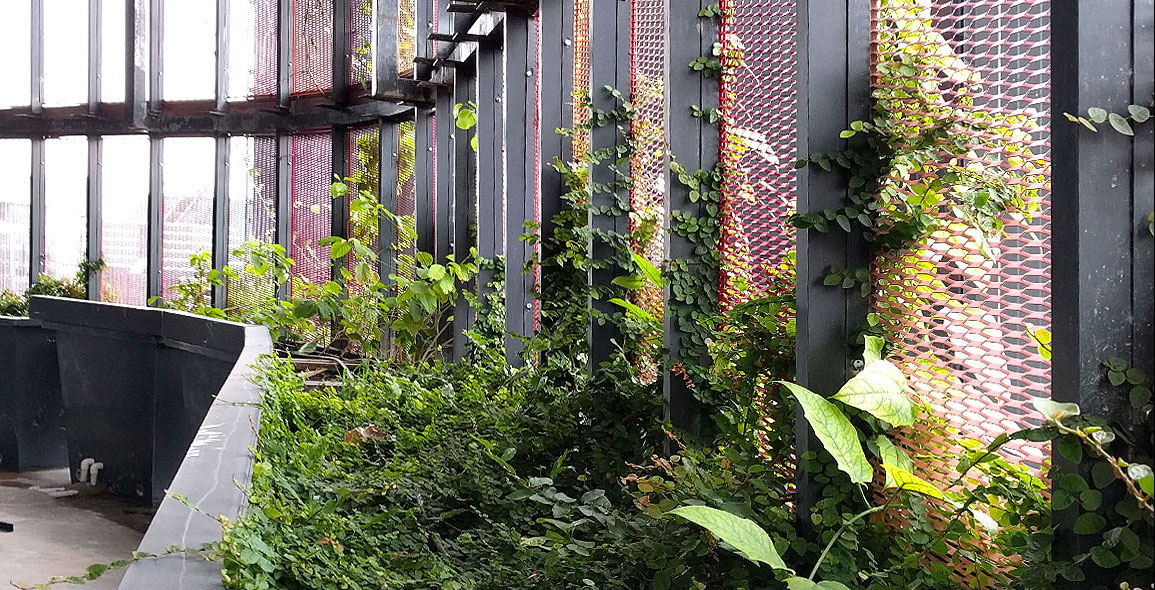
Introduction
Vertical gardens have emerged as a unique solution to combat the challenges posed by extreme weather events in urban environments. With climate change exacerbating the frequency and intensity of such events, it is crucial to explore innovative ways to enhance urban resilience. This article delves into the concept of vertical gardens and their significance in extreme weather resilience. Furthermore, it highlights the relevance of this topic in the current environmental and urban planning contexts.
Historical Background
The advent of vertical gardens can be attributed to the pioneering efforts of influential figures in the field of urban design. Over time, vertical gardens have evolved as a viable solution for combating the adverse effects of extreme weather events. Recognition of extreme weather resilience as a crucial factor in urban sustainability and design has further propelled the development and integration of vertical gardens.
Key Concepts and Definitions
Vertical gardens, also known as green walls or living walls, are self-sustaining systems of vegetation attached to the exterior or interior walls of buildings. They encompass various design techniques and materials to support plant growth. These gardens offer numerous benefits, including improved air quality, temperature regulation, and aesthetic enhancement. Extreme weather resilience refers to the ability of vertical gardens to withstand and mitigate the impacts of severe weather conditions such as hurricanes, heatwaves, and heavy rainfall. It encompasses design considerations, plant selection, and maintenance practices that ensure the longevity and functionality of vertical gardens in extreme weather events.
Main Discussion Points
Design and Integration of Vertical Gardens for Extreme Weather Resilience
To enhance extreme weather resilience, vertical gardens employ specific design considerations and techniques. These include the use of robust materials, structural reinforcement, and stormwater management systems. Integration of vertical gardens into the urban infrastructure, such as incorporating them into building facades or designing green roofs, further enhances their resilience and capacity to mitigate extreme weather impacts.

Plant Selection and Maintenance for Extreme Weather Resilience
The selection of suitable plant species is crucial for vertical gardens to withstand extreme weather conditions. Drought-tolerant and wind-resistant plants are often preferred. Additionally, regular maintenance practices, including watering, fertilization, and pest control, ensure the resilience and longevity of vertical gardens in the face of extreme weather events.
Benefits and Ecosystem Services of Vertical Gardens in Extreme Weather Resilience
Vertical gardens provide numerous benefits in terms of extreme weather resilience. They contribute to temperature regulation by providing shade and reducing the urban heat island effect. Additionally, they help manage stormwater by absorbing and redirecting rainfall, reducing the burden on drainage systems. Vertical gardens also improve air quality by filtering pollutants and enhancing oxygen production. Moreover, these gardens offer potential ecosystem services, such as promoting biodiversity and creating urban habitats for various species.
Case Studies or Examples
Real-world case studies demonstrate the successful implementation of vertical gardens for extreme weather resilience. These examples showcase the challenges faced and innovative approaches taken to integrate vertical gardens into urban environments. Each case highlights the outcomes achieved, such as reduced energy consumption, improved air quality, and enhanced urban aesthetics.
Current Trends or Developments
Recent advancements and research findings have contributed to the continuous development of vertical gardens. New technologies, materials, and design strategies are being explored and adopted to enhance the resilience and effectiveness of vertical gardens in extreme weather conditions. Advancements in irrigation systems, lightweight materials, and automated monitoring tools have revolutionized the maintenance and functionality of vertical gardens.
Challenges or Controversies
Despite their many benefits, the integration of vertical gardens for extreme weather resilience is not without challenges. Limitations such as limited space, high costs, and maintenance requirements can hinder their widespread adoption. Additionally, differing viewpoints on the effectiveness and feasibility of vertical gardens in extreme weather conditions create controversies within the urban planning and design communities.
Future Outlook
The future implications of vertical gardens for extreme weather resilience are promising. As cities strive to become more climate-resilient, vertical gardens are expected to play a significant role in urban planning and sustainable development strategies. Their integration into buildings and public spaces can contribute to creating greener, more livable, and resilient cities.
Conclusion
Vertical gardens offer a valuable solution for enhancing extreme weather resilience in urban environments. Their ability to mitigate the impacts of extreme weather events while providing a range of benefits underscores their importance. As urbanization continues to grow, vertical gardens have the potential to transform cities into climate-resilient and sustainable hubs.